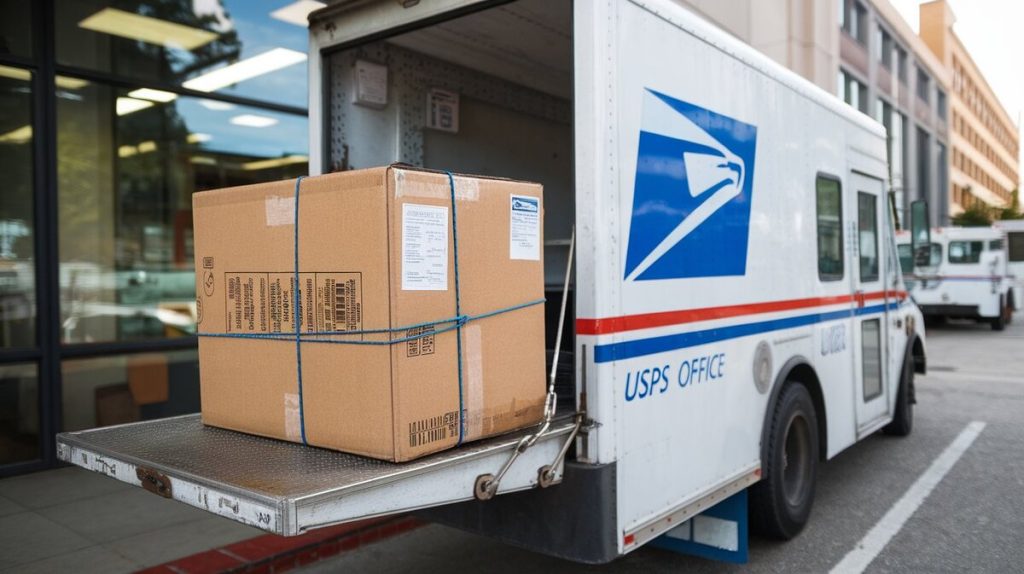Chargebacks present a significant challenge for businesses selling physical goods. A chargeback occurs when a customer disputes a charge, resulting in a refund without the merchant’s involvement. The financial losses, penalties, and negative impacts on a business’s reputation make it crucial to reduce chargebacks.
This guide will cover the key reasons for chargebacks and provide 10 actionable methods to reduce them. With data-backed insights, this guide aims to equip merchants with effective strategies.
What Causes Chargebacks?
Chargebacks happen for various reasons, with the most common being:
- Non-receipt of merchandise (38% of disputes)
- Fraudulent transactions (27%)
- Product not as described (23%)
- Friendly fraud (accounting for 77% of fraud claims).
Chargebacks are costly for businesses, not only because of the disputed transaction but also due to additional processing fees. Merchants lose up to $240 for every $100 in chargebacks. Even if the dispute is resolved in favor of the merchant, they may still pay between $20 and $100 in non-refundable fees.
Table 1: Common Reasons for Chargebacks on Physical Goods
| Reason | Percentage of Chargebacks |
|---|---|
| Non-receipt of merchandise | 38% |
| Fraudulent transactions | 27% |
| Product not as described | 23% |
| Friendly fraud | 77% of all fraud claims |
Financial Impact of Chargebacks
Chargebacks aren’t just about losing revenue from sales. They lead to additional costs in dispute management, increased transaction fees, and possible penalties from payment processors. If a merchant’s chargeback ratio exceeds 1%, MasterCard and Visa may place them in a high-risk category, leading to higher fees or frozen accounts.
Table 2: Financial Impact of Chargebacks
| Cost Component | Cost |
|---|---|
| Chargeback Fees | $20 – $100 per chargeback |
| Additional Processing Fees | 10-20% higher for high-risk merchants |
| Administrative Costs | Up to $240 for every $100 in disputes |

10 Ways to Avoid Chargebacks
1. Clear Return, Refund, and Cancellation Policies
Merchants should implement clear and visible return, refund, and cancellation policies. Display these policies prominently on websites and receipts to prevent disputes over non-receipt or canceled orders. Make sure customers know what to expect when requesting refunds or returns.
- Display policies clearly at checkout.
- Include them on receipts.
- Train customer service to handle refund queries efficiently.
2. Confirm and Track Orders
Always confirm orders and provide customers with tracking numbers. Keeping customers informed of delivery timelines can prevent disputes related to non-receipt of merchandise. If there are delays or out-of-stock items, offer alternatives or refunds to avoid disputes.
- Confirm all orders with a detailed receipt.
- Provide tracking information via email or SMS.
- Send notifications if there are delays or stock issues.
3. Accurate Product Descriptions
Product descriptions must match the actual product. Misleading descriptions are a major cause of chargebacks, especially when the product does not meet customer expectations.
- Ensure descriptions are clear and match the product.
- Include multiple images and detailed specifications.
- Review customer feedback to refine product listings.
4. Delay Billing Until Shipment
Billing customers before goods are shipped often leads to confusion and chargebacks. By charging only after goods are shipped, businesses can avoid disputes for “services not provided.”
- Bill customers after products are dispatched.
- Ensure billing descriptors are clear and identifiable.
5. Use Strong Customer Authentication (SCA)
Implement Strong Customer Authentication (SCA) to add an extra layer of security. This reduces fraudulent chargebacks by verifying the customer’s identity at the time of purchase. Merchants who use SCA have seen up to 30% fewer fraud-related chargebacks.
- Use 3D Secure 2.0 to authenticate customers.
- Verify the buyer’s identity with tools like address verification services (AVS).
6. Collect Proof of Delivery
Proof of delivery, such as signed receipts or tracking information, can be used to defend against chargebacks that claim goods were never received.
- Always require signatures on delivery.
- Retain courier tracking information for future reference.
Merchanto.org: A Trusted Partner in Chargeback Prevention
For businesses seeking expert guidance, Merchanto.org, a partner of VISA and MasterCard, provides industry-leading chargeback prevention tools. Merchanto.org offers resources that help reduce fraud and manage disputes. Their services can be a valuable asset to merchants aiming to lower their chargeback rates. Learn more at Merchanto.org.
7. Good Customer Service
Effective customer service can prevent minor issues from escalating into chargebacks. According to MasterCard, 68% of customers are more likely to seek resolution directly from the merchant if they receive fast and effective support.
- Make customer service easy to reach.
- Respond to complaints quickly and efficiently.
- Include customer service contact details on receipts and shipping confirmations.
8. Clear Billing Descriptions
Vague billing descriptors can confuse customers and lead to unnecessary chargebacks. Ensure that the billing name on the customer’s credit card statement matches the business name or product they purchased.
- Use billing descriptors that clearly identify the business.
- Include relevant product information if possible.
9. Monitor Expired Cards
Expired cards can lead to failed payments and disputes. Use automated tools to monitor and update card information regularly.
- Regularly update customers’ card details.
- Automate card expiration checks.
10. Prevent Friendly Fraud
Friendly fraud, where customers dispute legitimate transactions, is a major cause of chargebacks. Keep detailed records of all transactions and use data from fraud prevention tools to defend against invalid claims.
- Keep records of customer transactions.
- Use fraud prevention tools like 3D Secure 2.0 to verify legitimacy.

Role of Data in Chargeback Prevention
Data-driven tools can help merchants prevent chargebacks by identifying high-risk transactions. Visa recommends using AI and machine learning to monitor transactions and detect fraud before disputes arise. This can reduce fraudulent chargebacks by up to 40%.
- Use AI to detect patterns of fraud.
- Monitor customer behavior to predict potential disputes.
Table 3: Chargeback Prevention Solutions by Leading Payment Processors
| Solution | Provider | Function |
|---|---|---|
| Strong Customer Authentication | VISA, MasterCard | Reduces fraud by verifying customer identity |
| Billing Descriptor Optimization | Stripe, Checkout.com | Prevents disputes by clarifying transaction details |
| Expired Card Monitoring | Automated tools | Minimizes risk of failed payments |
Conclusion: Proactive Prevention Reduces Chargebacks
While chargebacks are inevitable, merchants can minimize them by implementing clear policies, providing timely customer service, and using data-driven tools to detect fraud. Prevention strategies such as Strong Customer Authentication, accurate billing, and proof of delivery can significantly reduce the risk of disputes.
Key Points:
- Implement clear return and refund policies to avoid disputes.
- Provide accurate product descriptions and track deliveries to prevent chargebacks.
- Use fraud detection tools and customer authentication to reduce fraudulent transactions.
- Monitor transaction data to prevent chargebacks caused by customer error or friendly fraud.
By applying these best practices, merchants can minimize chargebacks and their negative impact on business. These strategies, recommended by VISA and MasterCard, are proven to reduce disputes and protect both revenue and reputation.



